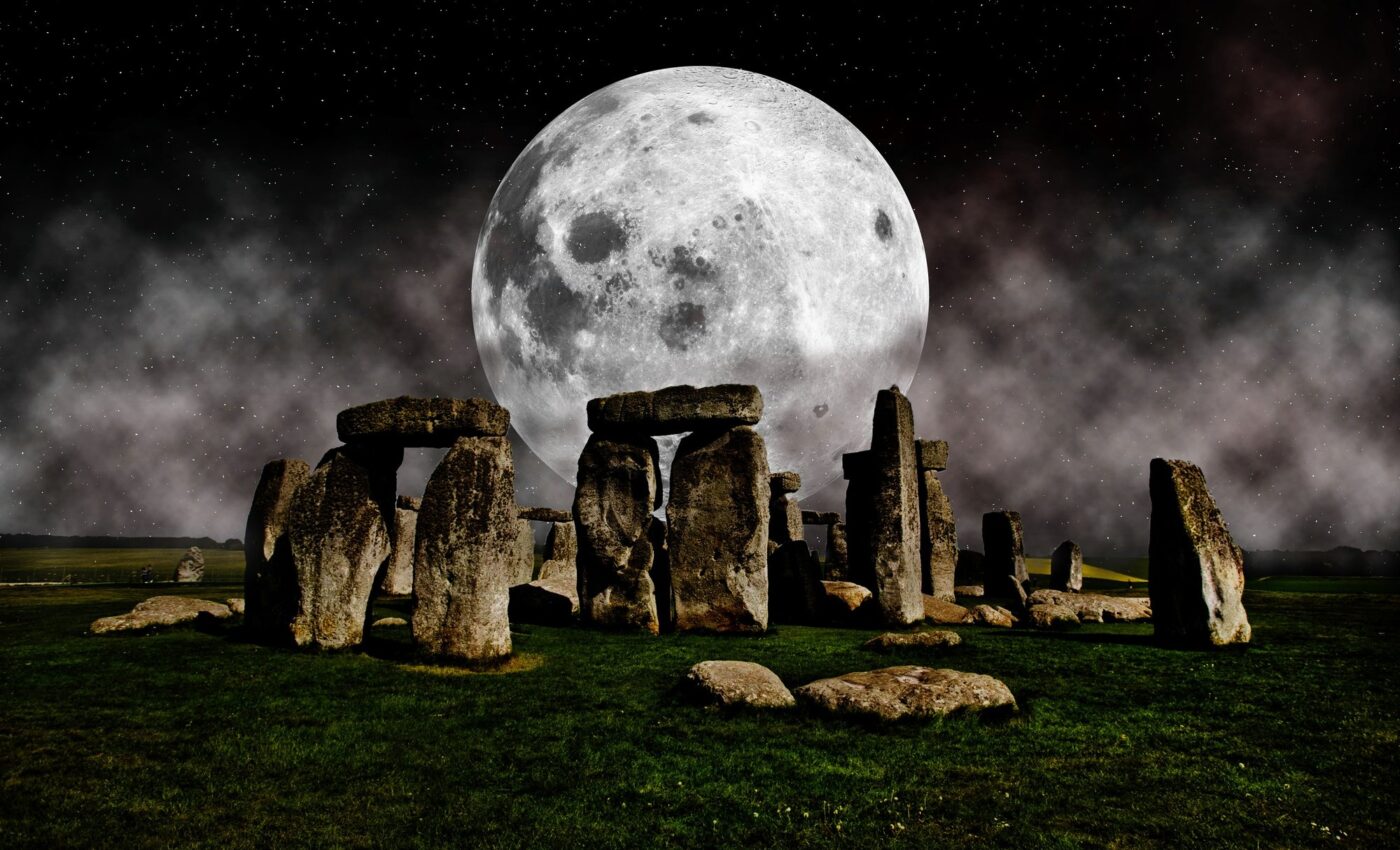
Stonehenge has a mysterious connection with the Moon
English Heritage has recently announced a pioneering project to investigate the relationship between Stonehenge and the Moon during this year’s “major lunar standstill,” a rare celestial event that happens only about every 18.6 years.
This initiative involves collaboration with experts from the University of Oxford, University of Leicester, and Bournemouth University, along with the Royal Astronomical Society (RAS).
Crucial observational periods
The project focuses on examining how the ancient stones align with the moonrise and moonset during this significant period.
The major lunar standstill sees the Moon reach its northernmost and southernmost extremes along the horizon, which may have been crucial observational periods for those who built Stonehenge, potentially influencing its design and purpose.
Fascinating link between the Moon and Stonehenge
“Stonehenge’s architectural connection to the Sun is well known, but its link with the Moon is less well understood. The four Station Stones align with the Moon’s extreme positions, and researchers have debated for years whether this was deliberate, and – if so – how this was achieved and what might have been its purpose,” said Clive Ruggles, an astronomer and archaeologist at Leicester.
“We’re excited to be working with a brilliant team of archaeoastronomers to explore the fascinating link between Stonehenge and the major lunar standstill. Rarer even than once in a blue-moon, this opportunity allows us to delve deeper into the monument’s ancient mysteries and its relationship with celestial phenomena,” said Jennifer Wexler, English Heritage historian for Stonehenge.
“We’ll be inviting the public to join us through a series of events this year as we take one more small step towards unraveling the secrets of Stonehenge.”
Engaging with the public
To make the research accessible, English Heritage plans to livestream the southernmost moonrise at Stonehenge and will host a series of events including talks, a pop-up planetarium, stargazing, storytelling sessions, and a new exhibition display throughout the standstill season.
Moreover, the project will also include cross-continental observations in partnership with Erica Ellingson, professor of Astrophysics at the University of Colorado Boulder, and the U.S. Department of Agriculture’s Forest Service. These will focus on reciprocal events that explore lunar alignments at both Stonehenge and Chimney Rock, Colorado, a Chacoan ancient settlement.
Tracking the Moon’s extremes is not straightforward
According to Amanda Chadburn, a visiting fellow at Bournemouth, observing this connection in 2024 and 2025 is essential since, unlike in the case of the Sun, tracking the Moon’s extremes is not straightforward and requires specific timing and weather conditions.
“We want to understand something of what it was like to experience these extreme moonrises and sets and to witness their visual effects on the stones (for example, patterns of light and shadow), and consider modern influences like traffic and trees, and to document all of this through photography for future study,” she explained.
Exploring the Moon’s alignment with Stonehenge
Fabio Silva, an expert in archeological modeling at Bournemouth, highlighted the educational value of this project: “Bournemouth University lecturers and students will document moonrises and sets at key moments in the year when the Moon will be in alignment with the Station Stones.”
“This will happen at different times of day and night around the year, with the Moon being at the right place in different phases each month. Hence, some will be more dramatic (such as a full Moon or crescent Moon) than others. The team will capture these phenomena, aiming to explore the complex relationship between the landscape, stones, and the Moon over the course of the standstill ‘season.’”
Dramatic views of the Moon
“Night and day, the Moon is a universally loved feature of the sky, and something all of us are drawn to look at. The major standstill offers even more dramatic views of our celestial neighbor when it rises and sets, and will be an astronomy highlight of 2024,” noted Robert Massey, the deputy executive director and press officer at the Royal Astronomical Society.
“The RAS is delighted to be supporting events at Stonehenge to mark and investigate this relatively rare event.”
—–
Like what you read? Subscribe to our newsletter for engaging articles, exclusive content, and the latest updates.
Check us out on EarthSnap, a free app brought to you by Eric Ralls and Earth.com.
—–













